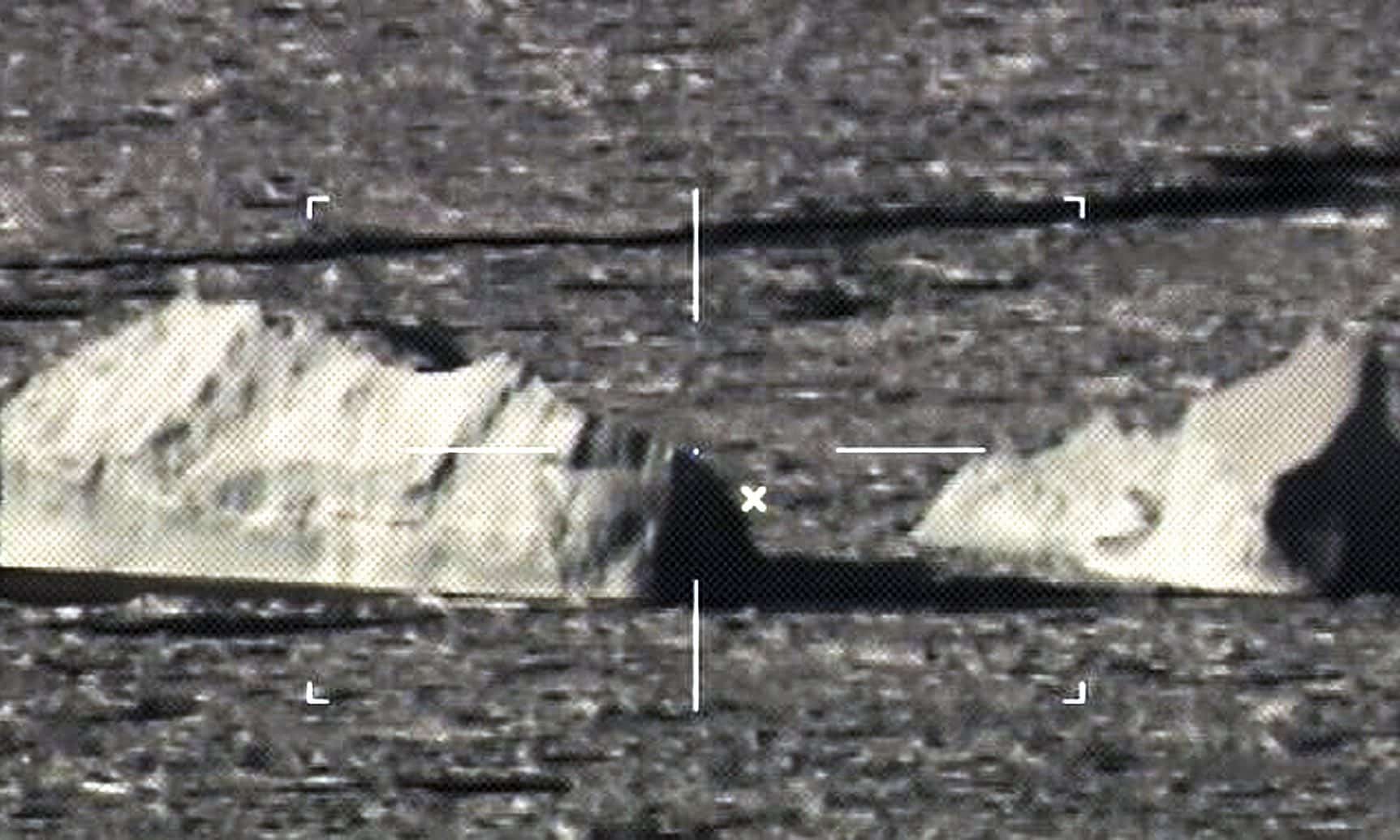
Since the beginning of transatlantic voyages, icebergs have threatened the safety of the vessels. However, it was only after the disastrous and tragic sinking of RMS Titanic on April 15, 1912, that the United States Coast Guard established the International Ice Patrol.
As of Monday, there were about 450 icebergs near the Grand Banks of Newfoundland, up from about 37 a week earlier, which is 370 more than the season average, per the IIP in New London, Connecticut.
A high density of icebergs in the North Atlantic shipping lanes forces vessels to take detours, adding up to 400 miles, and a day and a half longer trip than a vessel’s regular journey. For some ports, like St. John Harbor in New Brunswick, Canada, the situation is much more severe. Vessels are forced to lower their speed to 3 – 4 knots, just to be able to safely return to the harbor, with a day longer added to their voyage.
The extra day and a half of time that some trans-Atlantic trips and harbor entries are accounting for, and taking, is a problem. But fuel costs and wear and tear of the vessels is also a cost to be considered by shippers and vessel operators alike.
So far, Oceanex Connaigra, an ice-class vessel with a ticker hull and many more scantlings compared to a normal ship, is the only vessel taken out of the service, due to ice damage. According to an Oceanex announcement, the vessel will be out of service for approximately a week, until the repairs are finalized.
In 2014, there were 1,546 icebergs in shipping lanes – the sixth most severe season on record since 1900, per the patrol. There were 1,165 icebergs in 2015, and 687 in 2016. In 104 years, no ship that has heeded the warnings has struck an iceberg, according to the ice patrol.
The above photo, courtesy of the AP, is from a US Coast Guard reconnaissance aircraft, and shows icebergs floating near the Grand Banks of Newfoundland in the North Atlantic.



